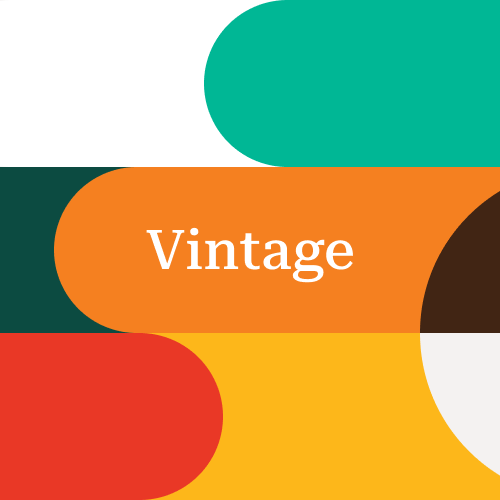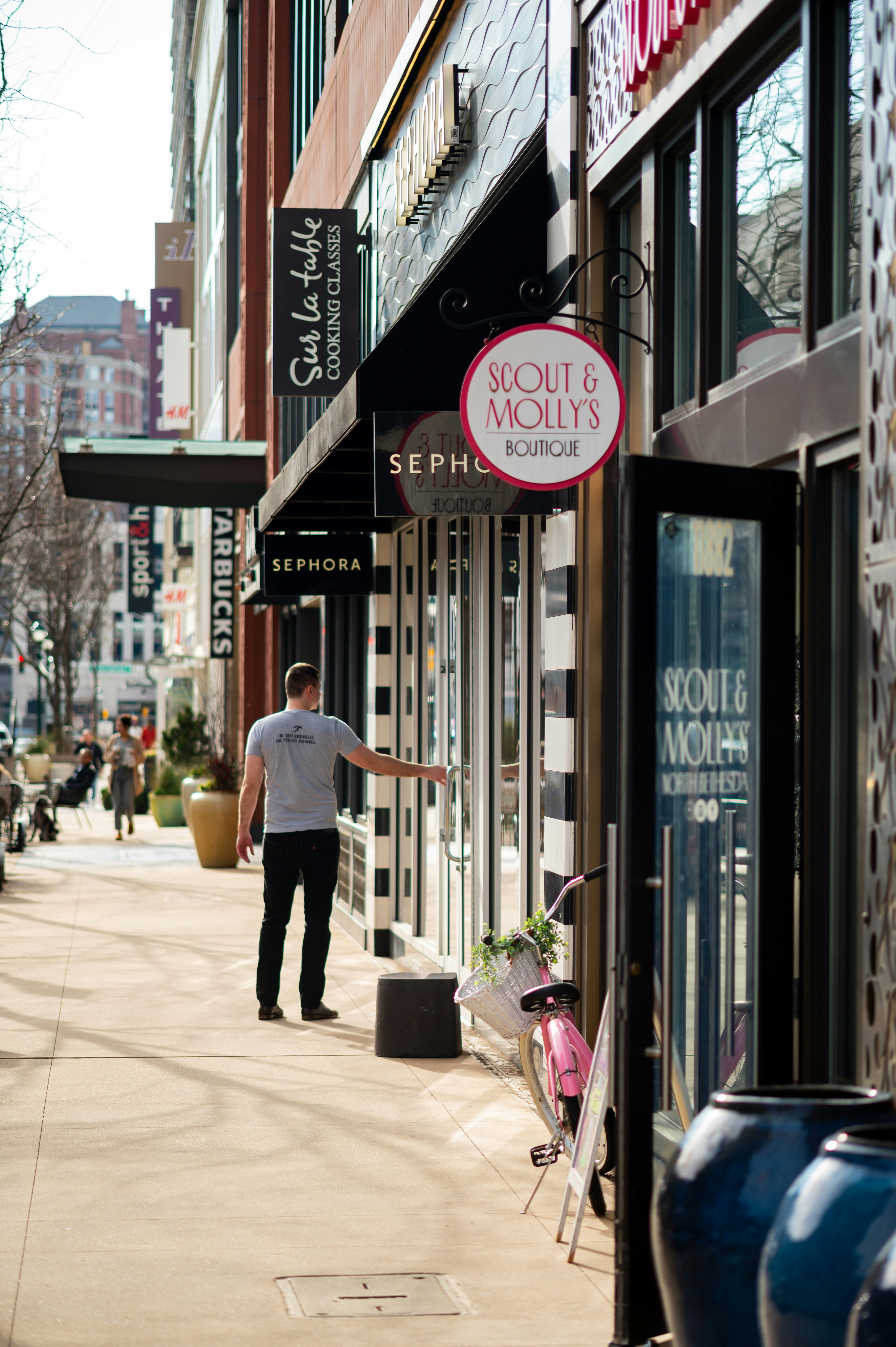Now
The vintage trend has gone beyond the return of feathered hair and aviator sunglasses and is appearing now in more than just fashion and furniture. Portland is a great example of the way that shops and retailers are returning to the business concepts from the 1920’s and 30’s.
Barber shops, ice cream parlors, and fashion boutiques are reviving the business model that caters to the individual needs of the customer and focuses on small-scale, quality services rather than a vast array of non-personalized options. Business owners style the environment of their shops to match the aesthetic of the era they attempt to emulate by thematically designing their surroundings with nods to the past such as wood floors, antique furniture, and era-specific music, thereby enveloping the customer in the warmth and slower-paced personalized attention of an era they may not have even experienced the first time around.
The most time-tested example of vintage mentality is found virtually everywhere in the fashion world; from elite runway models to the hipster slinging coffee at your corner cafe: retro rules. Vintage items, such as retro shoes and accessories and tee-shirts promoting classic films, sell for dozens of times more on ebay today than what they sold for when they were brand new.
Likewise, popular looks from decades ago resurface in the clothing created by cutting-edge designers today, and although the actual look seen on the runway may not be comprised of vintage items, the aesthetic is retro, and sometimes each piece worn by a runway model is a throwback to it’s own decade. Fashion proves to us on a daily basis that trends are cyclical, and what was hip once will inevitably rotate back into style and take center stage once more, either in it’s original form, or in an updated version of the original.
The same methodology that allows a fashion trend from decades ago to resurface today in new designs applies to an almost limitless array of products. While someone may not actually want to buy a toaster that was made in 1953, they may be very eager to buy one that looks like it was made sixty years ago, but operates like it was made yesterday. Fashioning products that look vintage– and last for many, many years like grandma’s trusted frying pan did– yet are made with today’s technology, is one way the methodology of the Vintage Macrotrend can enhance a product and appeal to a wider array of consumers.











